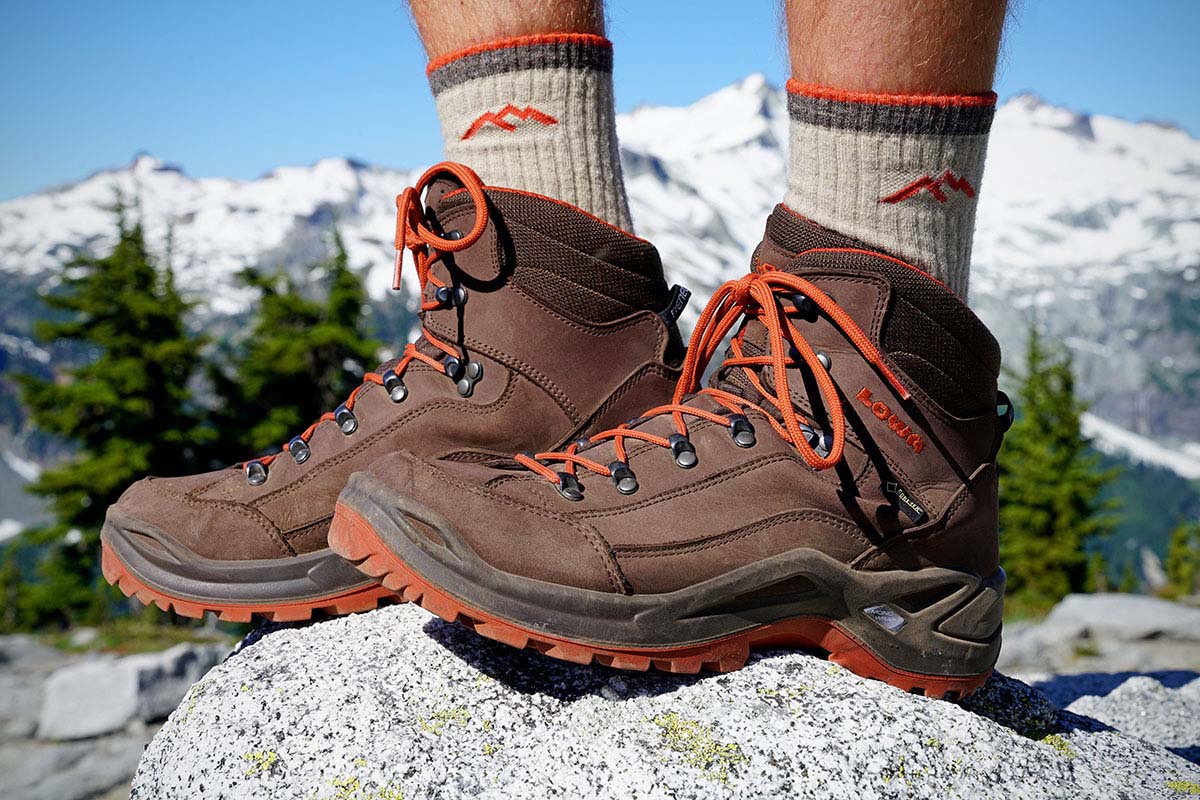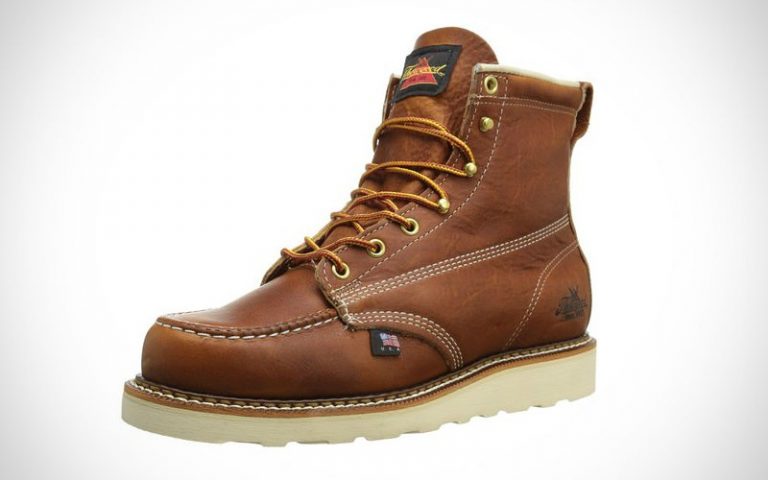Why Comfort Matters: The Importance of Happy Feet on the Trail
Uncomfortable hiking boots can quickly turn a enjoyable hike into a miserable experience. Blisters, fatigue, and decreased performance are just a few of the consequences of neglecting the comfort of your feet. In fact, finding the most comfortable men’s hiking boots is crucial for any serious hiker. When boots fit poorly or lack essential comfort features, hikers are more likely to experience discomfort, pain, and even injury. On the other hand, comfortable boots can enhance the overall hiking experience, allowing hikers to focus on the scenery, enjoy the exercise, and connect with nature. Comfortable hiking boots can make all the difference between a successful hike and a disappointing one. By prioritizing comfort, hikers can ensure a more enjoyable and successful hike.
How to Choose the Right Fit: A Step-by-Step Guide
Choosing the right fit for hiking boots is crucial for a comfortable and successful hike. A well-fitting boot can make all the difference between a enjoyable hike and a miserable one. To ensure a perfect fit, follow these steps:
First, measure your foot length accurately. Use a Brannock device or a ruler to measure the length of your foot in inches. This will give you an idea of your shoe size. However, keep in mind that different brands and models have varying fits, so it’s essential to try on boots before making a purchase.
Next, consider your foot shape. If you have narrow feet, look for boots with a narrower toe box. If you have wider feet, opt for boots with a more spacious toe box. Additionally, think about your arch type. If you have flat feet, look for boots with additional arch support.
When trying on boots, wear the same type of socks you plan to wear on your hike. This will give you a more accurate fit. Walk around the store, climb stairs, and simulate hiking movements to ensure the boots are comfortable and supportive.
Finally, don’t be afraid to ask for help. Sales associates at outdoor gear stores are often knowledgeable about hiking boots and can offer valuable advice. By following these steps, you can find the most comfortable men’s hiking boots that meet your specific needs and preferences.
Top Picks for Comfort: Merrell Moab 2 Mid and Salomon Quest 4D 3 GTX
When it comes to comfortable hiking boots, two popular options stand out: the Merrell Moab 2 Mid and the Salomon Quest 4D 3 GTX. Both boots are designed to provide exceptional comfort and support for hikers of all levels.
The Merrell Moab 2 Mid features a breathable mesh upper and a cushioned midsole for superior comfort. The boot’s ankle collar is padded for added support, and the Vibram TC5+ outsole provides excellent traction on various terrain. With its comfortable fit and reliable performance, the Moab 2 Mid is an excellent choice for hikers seeking a comfortable and supportive boot.
The Salomon Quest 4D 3 GTX, on the other hand, boasts a waterproof and breathable Gore-Tex membrane, ensuring dry feet even in wet conditions. The boot’s Ortholite footbed and EVA midsole work together to provide excellent cushioning and support, while the Contagrip sole delivers reliable traction. The Quest 4D 3 GTX is an excellent option for hikers who need a comfortable and reliable boot for challenging terrain.
Both the Merrell Moab 2 Mid and the Salomon Quest 4D 3 GTX are excellent examples of the most comfortable men’s hiking boots available. By prioritizing comfort and support, these boots enable hikers to focus on their surroundings and enjoy their hiking experience.
Key Features to Look for in Comfortable Hiking Boots
When searching for the most comfortable men’s hiking boots, there are several key features to look for to ensure a comfortable and successful hike. These features can make all the difference between a enjoyable hike and a miserable one.
Waterproofing is a crucial feature to consider. A waterproof membrane, such as Gore-Tex or eVent, will keep your feet dry in wet conditions, preventing blisters and discomfort. Insulation is another important feature, especially for cold weather hiking. Look for boots with Thinsulate or similar technology to keep your feet warm and toasty.
Toe protection is also essential. A sturdy toe cap will protect your toes from rough terrain and potential injuries. Additionally, a comfortable hiking boot should have a breathable upper to prevent moisture buildup and blisters. Look for boots with mesh panels or perforations to ensure airflow and dryness.
Finally, consider the ankle support and stability of the boot. A comfortable hiking boot should provide adequate ankle support to prevent twists and sprains. Look for boots with high ankle collars and sturdy materials to ensure stability and support.
By prioritizing these key features, you can find the most comfortable men’s hiking boots that meet your specific needs and preferences. Remember, a comfortable hiking boot is essential for a successful and enjoyable hike.
The Role of Materials: How Leather, Synthetic, and Mesh Impact Comfort
When it comes to the most comfortable men’s hiking boots, the material used can make a significant difference in comfort, durability, and breathability. Three common materials used in hiking boots are leather, synthetic, and mesh, each with its pros and cons.
Leather hiking boots are known for their durability and water resistance. They provide excellent ankle support and can withstand rough terrain. However, leather boots can be heavy, stiff, and may require a break-in period. Additionally, they can be less breathable, leading to moisture buildup and discomfort.
Synthetic hiking boots, on the other hand, are often lighter and more breathable than leather boots. They are also more affordable and easier to clean. However, synthetic materials may not be as durable as leather and can be prone to cracking and fading.
Mesh hiking boots are designed for breathability and moisture-wicking properties. They are ideal for warm weather hiking and provide excellent ventilation. However, mesh boots may not be as durable as leather or synthetic boots and can be prone to tears and punctures.
Ultimately, the choice of material depends on personal preference, hiking style, and terrain. When selecting the most comfortable men’s hiking boots, consider the trade-offs between durability, breathability, and weight. By understanding the pros and cons of each material, you can make an informed decision and find the perfect boot for your next adventure.
Breaking In: Tips for a Smooth Transition to Your New Boots
Once you’ve found the most comfortable men’s hiking boots, it’s essential to break them in properly to ensure a smooth transition and prevent discomfort and blisters. Breaking in your new boots can take some time and effort, but it’s worth it to enjoy a comfortable and successful hike.
Gradual wear is key to breaking in your new boots. Start by wearing them around the house or on short, easy hikes to get your feet accustomed to the new fit and feel. Gradually increase the duration and intensity of your hikes to allow your feet to adjust.
Stretching and conditioning are also crucial steps in breaking in your new boots. Use a leather conditioner or waterproofing spray to keep the materials soft and supple. You can also use a shoe stretcher or stuff the boots with paper to help maintain their shape and prevent creasing.
Another important tip is to wear the same type of socks you plan to wear on your hike when breaking in your boots. This will help you identify any potential hotspots or areas of discomfort and make adjustments before hitting the trail.
By following these tips, you can ensure a smooth transition to your new boots and enjoy a comfortable and successful hike. Remember, breaking in your boots takes time and patience, but it’s worth it to find the most comfortable men’s hiking boots for your next adventure.
Comfort Beyond the Boot: How Socks and Insoles Can Make a Difference
When it comes to finding the most comfortable men’s hiking boots, it’s easy to focus solely on the boot itself. However, socks and insoles can play a crucial role in enhancing comfort and performance on the trail.
Hiking socks are designed to wick moisture away from the skin, reducing blisters and discomfort. Look for socks made from breathable, moisture-wicking materials like merino wool or synthetic blends. Additionally, consider socks with arch support and cushioning to reduce fatigue and improve overall comfort.
Insoles can also make a significant difference in comfort. Custom insoles can be molded to fit the individual shape of your foot, providing additional arch support and cushioning. Alternatively, aftermarket insoles can be purchased to add extra comfort and support to your existing boots.
When choosing hiking socks and insoles, consider the specific demands of your hike. For example, if you’ll be hiking in wet or cold conditions, look for socks and insoles with additional insulation and waterproofing. By combining the right socks and insoles with the most comfortable men’s hiking boots, you can create a comfortable and supportive hiking system that will keep you going all day long.
Remember, comfort is key to a successful hike. By paying attention to the often-overlooked details like socks and insoles, you can take your hiking experience to the next level and find the perfect fit for your next adventure.
Conclusion: Find Your Comfort Zone on the Trail
When it comes to hiking, comfort is key. Uncomfortable hiking boots can lead to blisters, fatigue, and decreased performance, making it difficult to enjoy the great outdoors. On the other hand, the most comfortable men’s hiking boots can enhance the overall hiking experience, allowing you to focus on the scenery and enjoy the journey.
In this article, we’ve explored the importance of comfort, how to choose the right fit, and the key features to look for in comfortable hiking boots. We’ve also reviewed two popular options, the Merrell Moab 2 Mid and Salomon Quest 4D 3 GTX, and discussed the role of materials, breaking in, and accessories like socks and insoles in enhancing comfort.
By following the tips and guidelines outlined in this article, you can find the most comfortable men’s hiking boots for your next adventure. Remember to prioritize comfort, consider your specific needs and preferences, and don’t be afraid to try out different options until you find the perfect fit.
With the right boots, you’ll be able to hike longer, stronger, and more comfortably, allowing you to enjoy the beauty of nature without distraction. So why wait? Start your search for the most comfortable men’s hiking boots today and find your comfort zone on the trail.








